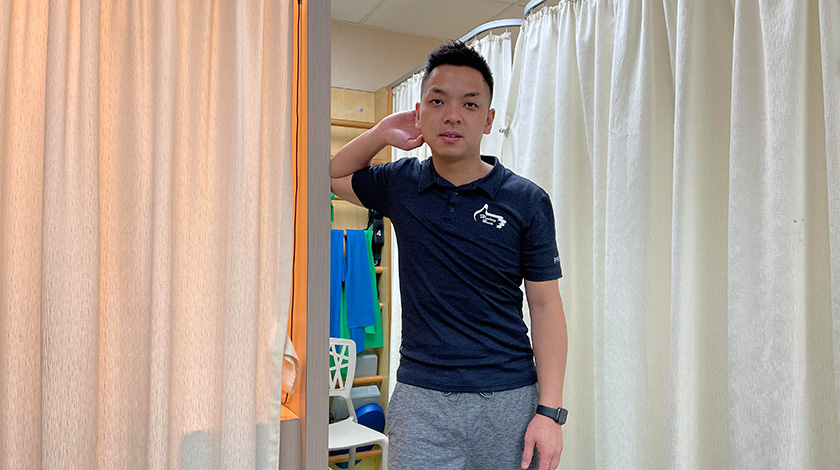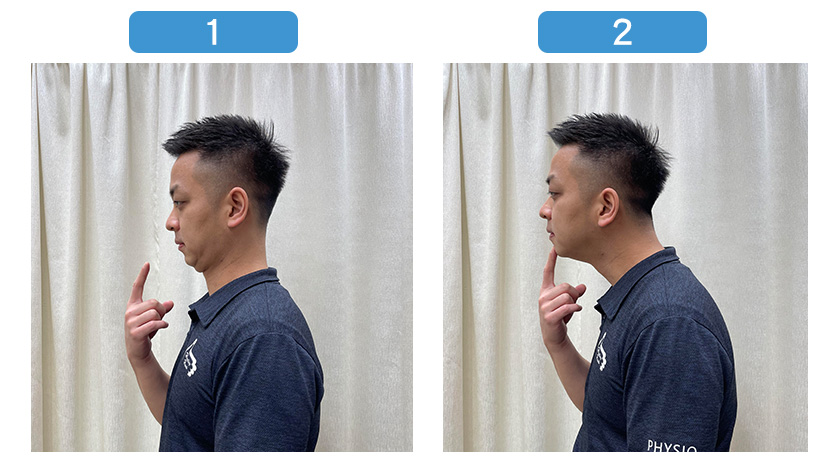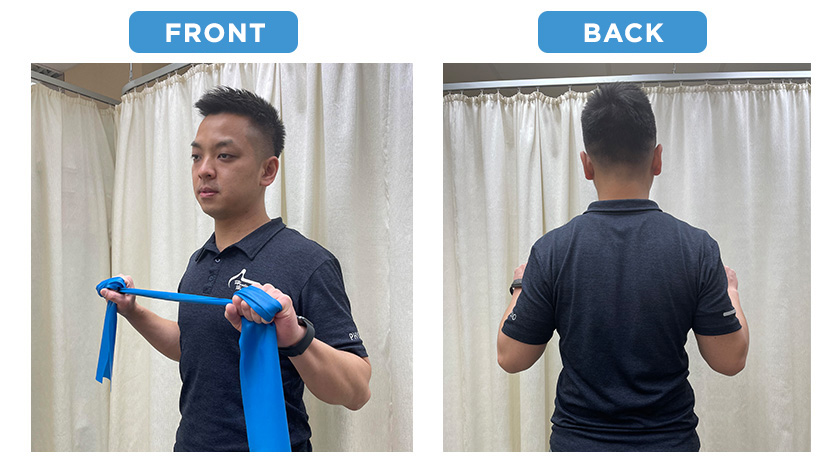Dowager’s Hump, also known as kyphosis, is a result of chronic forward-leaning. People tend to unconsciously lean forward when looking at the screens of their many devices. An abnormal curve of the upper vertebrae and a mass of tissue at the lower part of the neck would develop over time when one has a habit of poor posture.
If a Dowager’s Hump is left untreated, the patient will begin to feel pain in the shoulders and neck. Their chin will move closer to their ribcage and potentially lead to spinal degeneration. Many people with Dowager’s Hump also experience headaches. Fortunately, there are easy exercises that can be done at home to improve, even reverse, a Dowager’s Hump.
How to Identify a Dowager’s Hump:
- Rounded shoulders
- A hump on your back
- Tight hamstrings
- Muscles fatigue easily
- Chronic Pain in the back, neck, and shoulders
- Loss in height
- Multiple vertebral compression fractures
- Back stiffness
In addition to bad posture, other causes of Dowager’s Hump include osteoporosis, congenital problem, and Scheuermann’s kyphosis. Severe cases can have an impact on patients’ circulation and impede blood flow to the brain, causing dizziness.
4 Easy Moves to Improve a Dowager’s Hump
If a Dowager’s Hump is caused by other medical conditions, thorough examinations, including imaging tests, blood tests, and MRI, may be conducted to identify the cause. If it is a result of bad posture, the following 4 stretching moves can easily improve or cure the hump:
1. Pectoral Stretch (1 set of 10 reps)
Place your arms on either side of the door frame forming a 90-degree angle with each arm. Lean in further and further as you feel your muscles relax. Maintain the posture for 10-15 seconds, then switch to the other aim.

2. Upper trapezius stretch (1 set of 10 reps)
Place your left hand on top of your head. Apply pressure to your head with your left hand, gently pulling your head to the side towards your shoulder. This creates a stretch from the base of your head, through your neck and across your upper trapezius. Hold the stretch for 10-15 seconds, and then repeat on the other side.

3. Deep neck flexor strengthening (3 sets of 15)

4. Lower trap strengthening (1 set of 20 reps)
Grab a stretch band with both hands. Pull until feeling a pressure pressing inward, then hold for 5 seconds.

This article is for reference-only and is endorsed by Mr. Kenneth Au-Yeung, a registered physiotherapist.
Cigna DIY Health Plan enables you to freely choose from various protection benefits to customise your plan to your individual needs, including dental coverage, regular oral check-up, treatment cost and emergency. Tailor your health coverage now.


